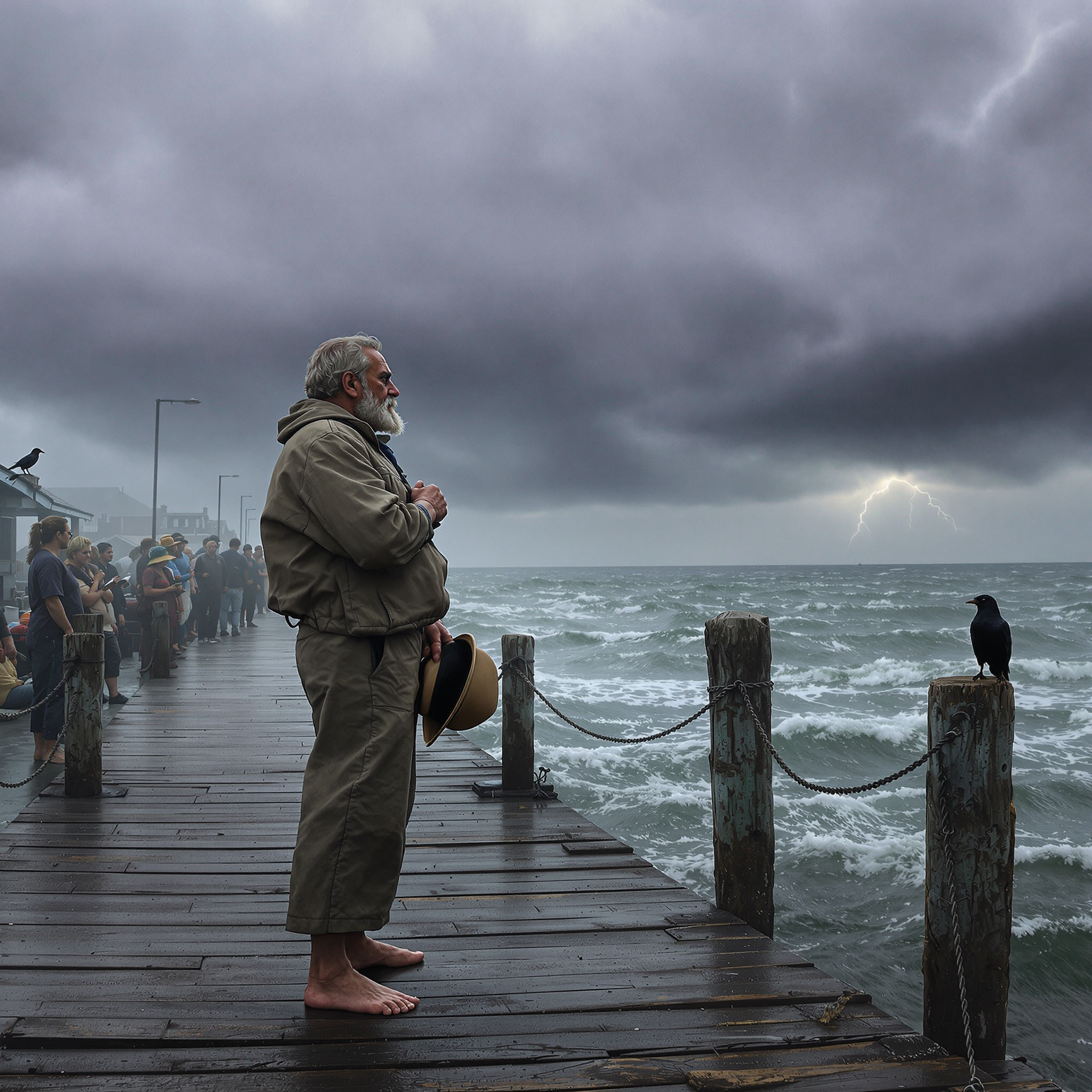The superstition suggests that a noticeable quiet or lull in the wind — usually after a storm or during unstable weather — is a deceptive calm. If the wind picks up quickly following such calm, this was believed to signal that a more violent storm, gale, or destructive weather was imminent. Farmers, travelers, and especially sailors observed these signs to prepare accordingly — reinforcing shelters, staying off the roads, or not setting sail. This belief is an example of meteoromancy — divination by weather observation — and relies on an intuitive understanding of atmospheric changes as omens.

A baby’s future career or fate is predicted by the first object they select during a ceremonial setup.
In several Asian and Eastern European cultures, a traditional ceremony is held for babies usually around their first birthday. Known


